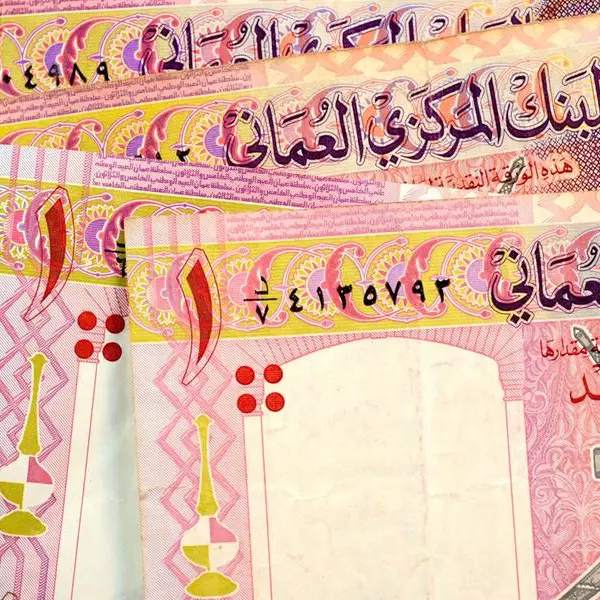PHOTO
Russia's currency fell against the dollar on Tuesday, continuing to weaken on signs the country's economy is facing slower growth and higher inflation as the fighting in Ukraine drags on.
The ruble crossed the psychological threshold of 100 to the dollar on the Moscow financial exchange -- having already done so in August before recovering -- raising the prospect of weaker spending power for Russians forced to pay more for imported goods.
It had plunged to 150 against the dollar at the beginning of the conflict in February 2022, before recovering on government efforts to limit the impact of Western sanctions and put the economy on a war footing.
But the value has again been sliding in recent months as the country imports more and exports less, with central bank governor Elvira Nabiullina warning in September of slowing growth this year and next.
On Tuesday, the ruble stood at 100.11 against the dollar and 104.65 against the euro.
The bank has hiked its benchmark interest rate to 13 percent in a bid to shore up the currency and fight inflation, which is still above its target of four percent -- prices were up 5.15 percent in August.
Plans announced last week for a massive increase in defence spending has also heightened worries over government finances, as oil and gas revenues continue to be impacted by sanctions.
President Vladimir Putin recently ordered the government and the central bank to take measures to stabilise the currency, saying its weakness was the main cause of rising consumer prices.





















